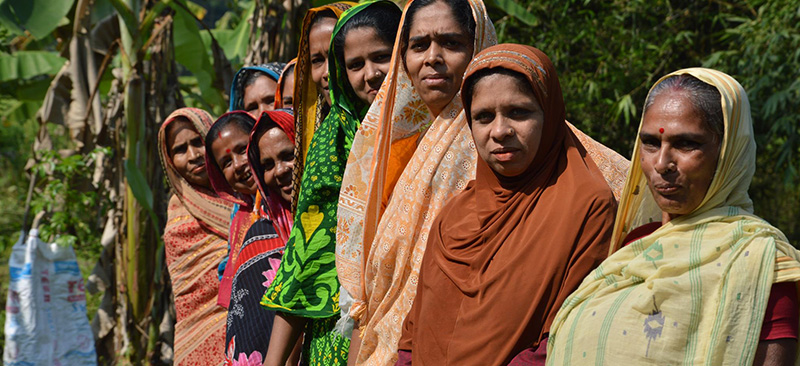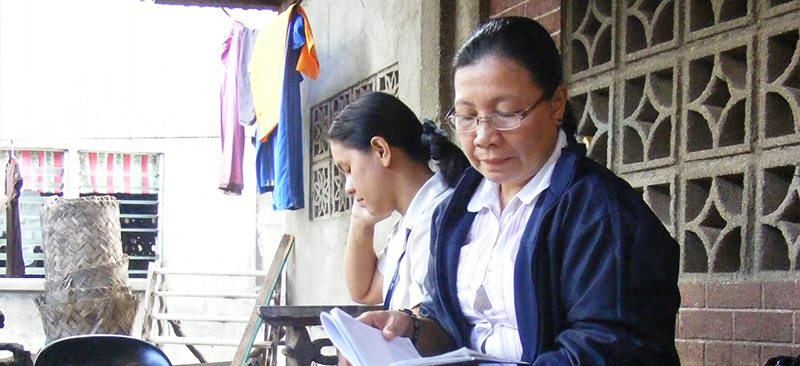East Africa has been termed as one of the fastest growing trading blocks in the world. It’s increasingly becoming important to support the development/growth of Agri-SME’s in Eastern African.
Blog
Drones Providing Confidence in Smallholder Agriculture Finance-1
Smallholder farmers account for 80% of agriculture production in Eastern Africa. Access to credit remains the biggest barrier to the sustainability of smallholder farmers.
Drones Providing Confidence in Smallholder Agriculture Finance-2
Smallholder farmers account for 80% of agriculture production in Eastern Africa. Access to credit remains the biggest barrier to the sustainability of smallholder farmers.
Overcoming Barriers of Financing Agri Business In East Africa-1
East Africa has been termed as one of the fastest growing trading blocks in the world. Agriculture plays a key role in this region as it contributes to about 25-40% in each of the Eastern African economy GDP.
Closing the Gender Gap: Opportunities for the Women’s Mobile Financial Services Market in Bangladesh
Bangladesh’s financial sector has undergone rapid growth and has embraced technology solutions to improve the financial inclusion of the general population. However, certain segments remain disproportionately unbanked and financial inclusion for women remains a challenge, with only 26 percent of women owning a bank account (Global Findex 2014). Formal financial institutions have limited reach in rural areas, which restricts the spread of basic financial services among the rural population. Given such constraints and high mobile penetration, mobile financial services (MFS) can be a powerful catalyst in the near future, to bridge the gap between financial institutions (FIs) and those with fewer financial means or access to bank branches. Here, MFS is defined as the use of a mobile phone to access financial services and execute financial transactions. This includes both transactional services (such as funds transfer and payments) and non-transactional services, such as viewing financial information on a user’s mobile phone. This report aims to catalyse the financial inclusion of financially underserved Bangladeshi women through improved MFS adoption. It contains extensive, in-depth research to understand the needs and requirements of women MFS users. The report consists of three distinct divisions:
1. The women MFS market’s potential in Bangladesh. This division provides an extensive set of market data and analysis on overall women’s market potential, and projected growth.
2. Product preferences of female MFS users in Bangladesh. This division identifies MFS product features that will appeal to women, and different segments of women users’ product preferences.
3. Market assessment for female agent acquisition. This division offers a roadmap to help MFS providers build and expand a network of female agents.
This report was originally published by the International Finance Corporation.
Credit Risk Management
Continuous credit risk monitoring remains one of the biggest challenges for many financial institutions. Yet its management is critical to a financial institution’s sustainability





